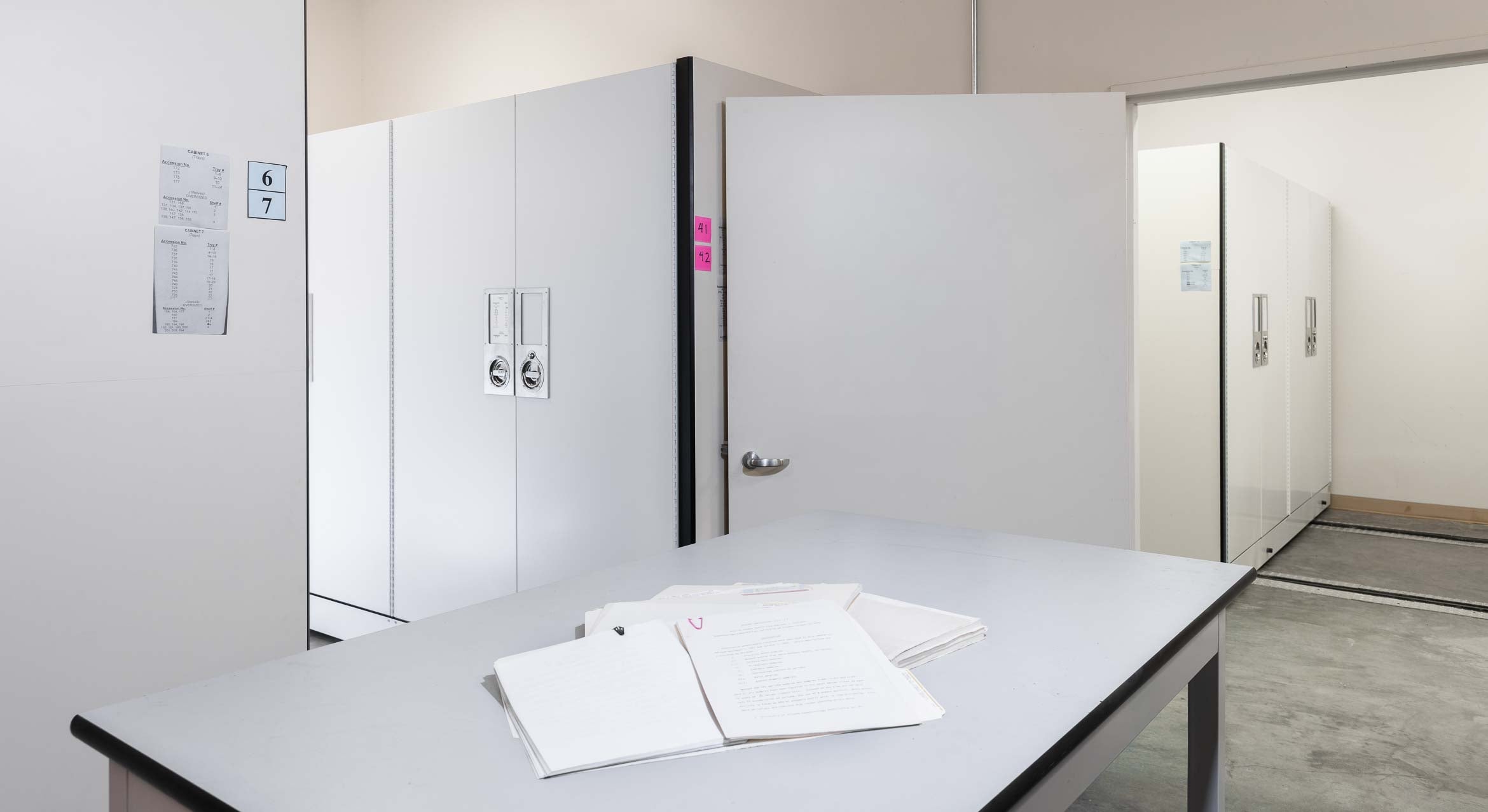
Uncertain Times

The financial hits just keep on coming, as the COVID-19 pandemic wears on. Amid a rising tide of cases California counties are being shuffled back into more restrictive tiers, putting a damper on economic activity. Jobless claims, meanwhile, remain at elevated levels and the fate of a much-needed second federal stimulus package still is uncertain.
It was against this grim backdrop that the UC Santa Barbara Economic Forecast Project held its latest “EFP Informs” webinar, which covered California’s general fiscal outlook for the next three years. Gabe Petek, from the state’s Legislative Analyst Office (LAO) was on hand to discuss the latest projections based on the $202.1 billion budget signed by Gov. Gavin Newsom in June.
“No one forecasted the pandemic, obviously,” said Peter Rupert, UC Santa Barbara economics professor and director of the Economic Forecast Project.
Indeed, what had been a sustained period of economic stability was abruptly halted in March as lockdowns and quarantines were enacted to curb the spread of the disease. Since then, recovery has been somewhat of a yo-yo, with some sectors rebounding while others flounder as COVID case numbers rise, fall and rise again.
“One thing’s for certain, there’s a lot of uncertainty,” Rupert said.
Unrealized Fears
From the state budget perspective, California’s economy is experiencing “a quicker rebound than expected,” thanks to a combination of the CARES Act and Californians’ rapid adaptation to working from home and COVID-safe business practices, which helped the state’s economy to bounce back some over the summer. The LAO’s recently published fiscal outlook expressed similar sentiments with an anticipated peak in unemployment, and the drop in consumer spending, which “was very large, but short-lived.”
Also in California’s favor has been the continued success of its technology sector, whose strength drove stock prices skyward as the economy rebounded.
Meanwhile, 2020-2021 tax collections are ahead of budget act assumptions by $11 billion, and anticipated increases in safety net program (e.g. Medi-Cal and CalFresh) caseloads have not occurred.
“In the course of the year, we see taking shape right now a very large revenue windfall,” Petek said. Assuming current policy and service levels are maintained, the state is looking forward to an estimated $26 billion surplus by the end of the fiscal year.
Uneven Recovery
The upbeat information belies the unprecedented economic challenges that Californians have faced since the start of the pandemic. As it happened in the rest of the country, the arrival of the SARS-CoV-2 virus led to shutdowns and quarantines, and massive job loss.
“The state lost 2.6 million jobs in the two months from March to April,” Petek said. For perspective, he added, 2007’s Great Recession took 1.3 million California jobs over 26 months.
The effects fell hardest on California’s “low-wage, less-educated workers,” many of whom are still underemployed or out of work, according to the report. “Certain sectors — such as leisure and hospitality — remain severely depressed, while others — such as technology — remain strong.”
The initial job loss numbers served as a basis for the budget signed in June, Petek said.
“The policy makers quite reasonably went about developing a budget, assuming a very significant drop-off in revenues,” he said. According to the report, estimates were anticipating a $42 billion decline, which, in turn, led to one-time and temporary actions to balance the budget. These actions proved in hindsight to be overcorrections, as the historic revenue decline never materialized, leading to the enormous surplus projected for the end of this fiscal year.
Uncertainty About the Future
We’re not out of the woods. COVID caseloads are rising across the state, leading to new restrictions aimed at slowing the spread of the novel coronavirus.
“We’re basically seeing a third wave,” Rupert said. “Santa Barbara went back into purple (tier) from red, and it’s much more strict.” Reopenings have been scaled back, indoor operations have paused, retail capacity has been reduced.
“There’s probably going to be an increase in job loss, given the new lockdowns,” added Rupert. Due to a 50% increase in COVID cases across the state early in November, Santa Barbara and the 40 other California counties in the purple tier are currently subject to a limited overnight stay-at-home order until December 21.
These COVID-related public health measures are among the wild cards adding to uncertainty about the state’s economic outlook. A vaccine, potential federal assistance, even a more permanent shift toward remote work each have the power to affect the direction of California’s economy and projected revenue.
“(The windfall) could be as much as $40 billion or as little as $12 billion,” said Petek.
Meanwhile, expenditures are expected to outpace revenues in the coming years, leading to a projected $17 billion operating deficit by 2024-25. The report recommended using half of the projected windfall to “restore the budget’s fiscal resilience,” replenishing the borrowed funds, reserves and cost shifts made to balance this year’s budget. The other half, Petek said, could be used to address one-time pandemic needs.
“It would be reasonable in our estimation to use some of that for one-time purposes, aimed at mitigating the effects of economic hardship,” he said. These recommendations will come into play in January, as the governor releases his budget proposal.



